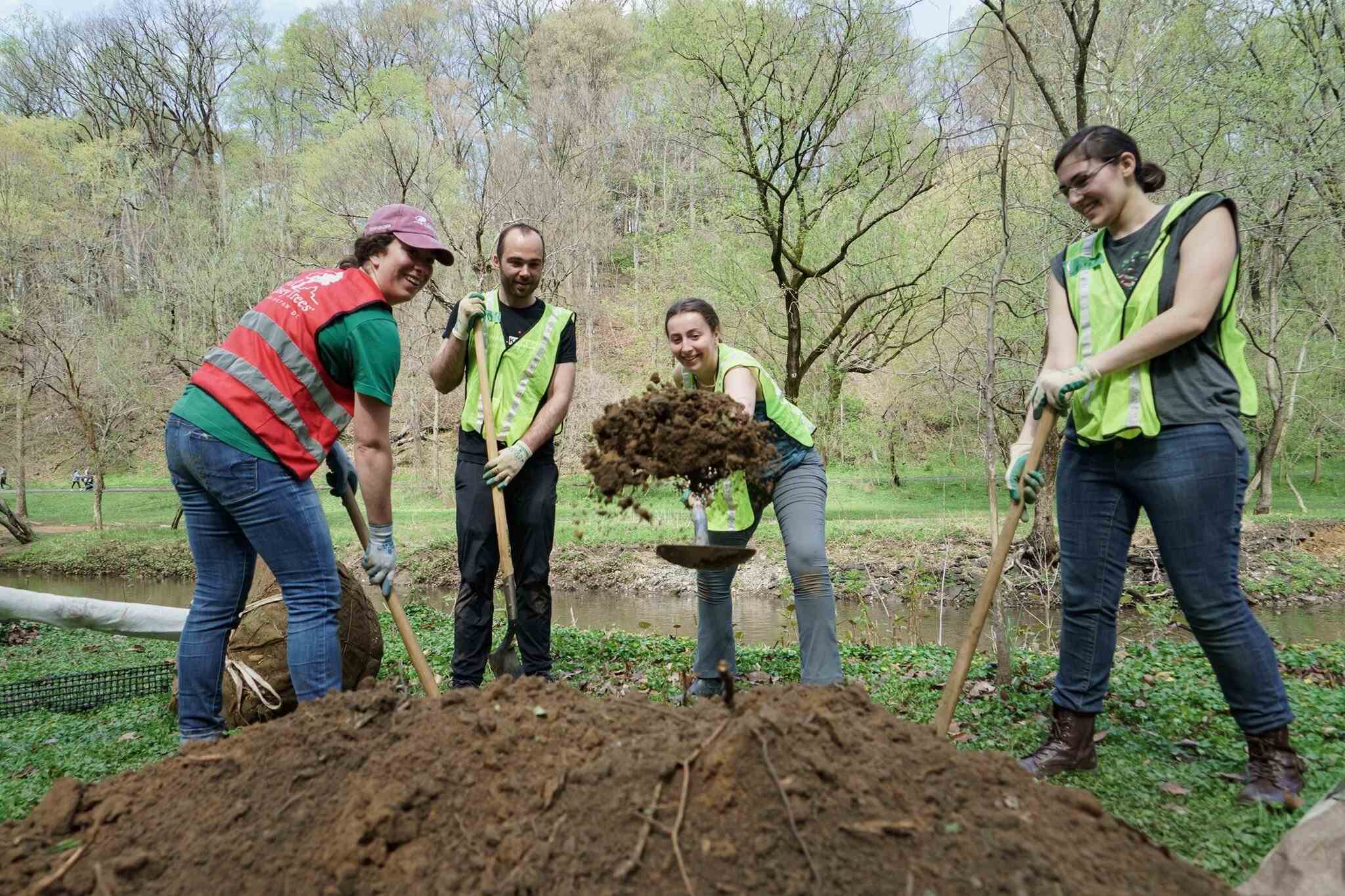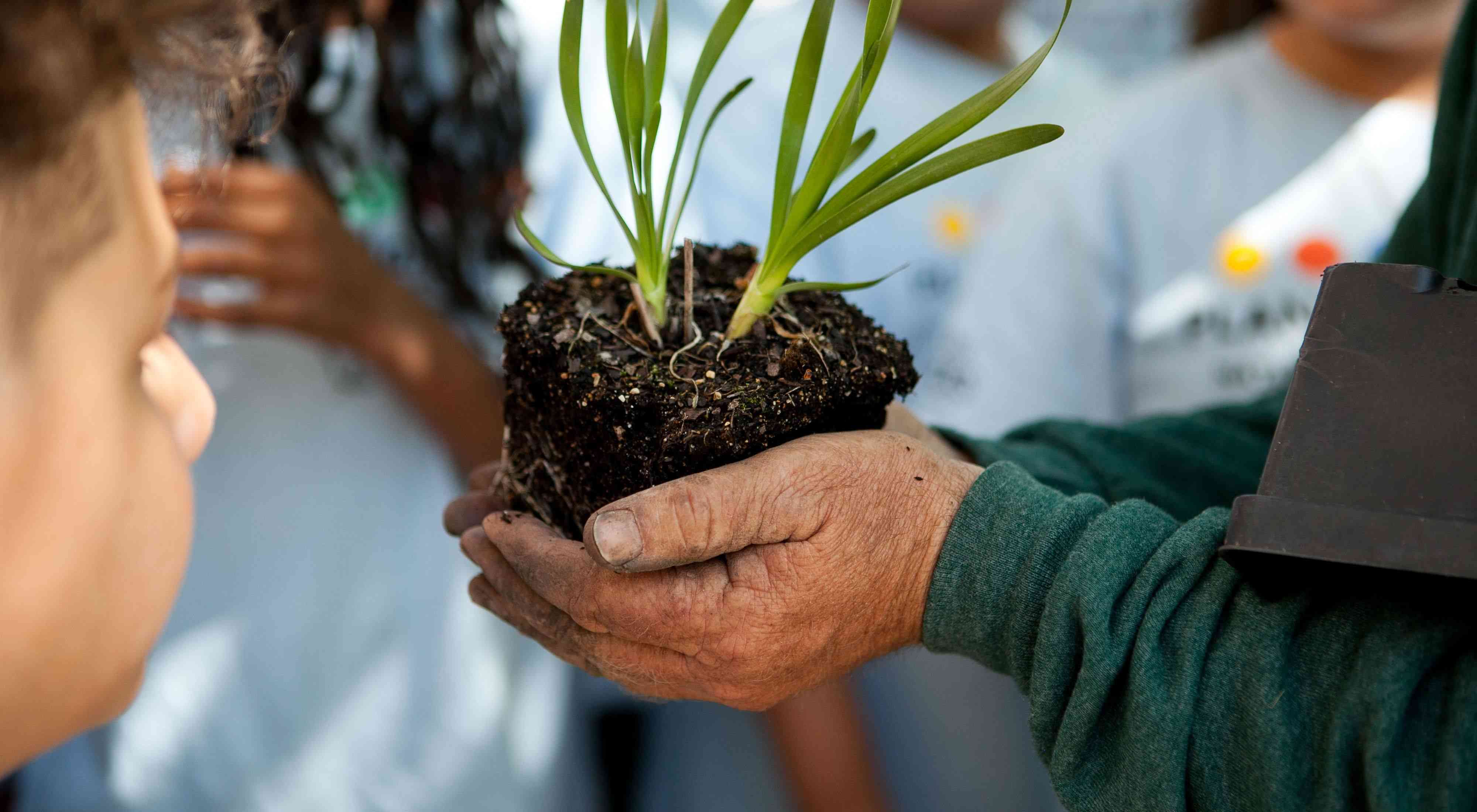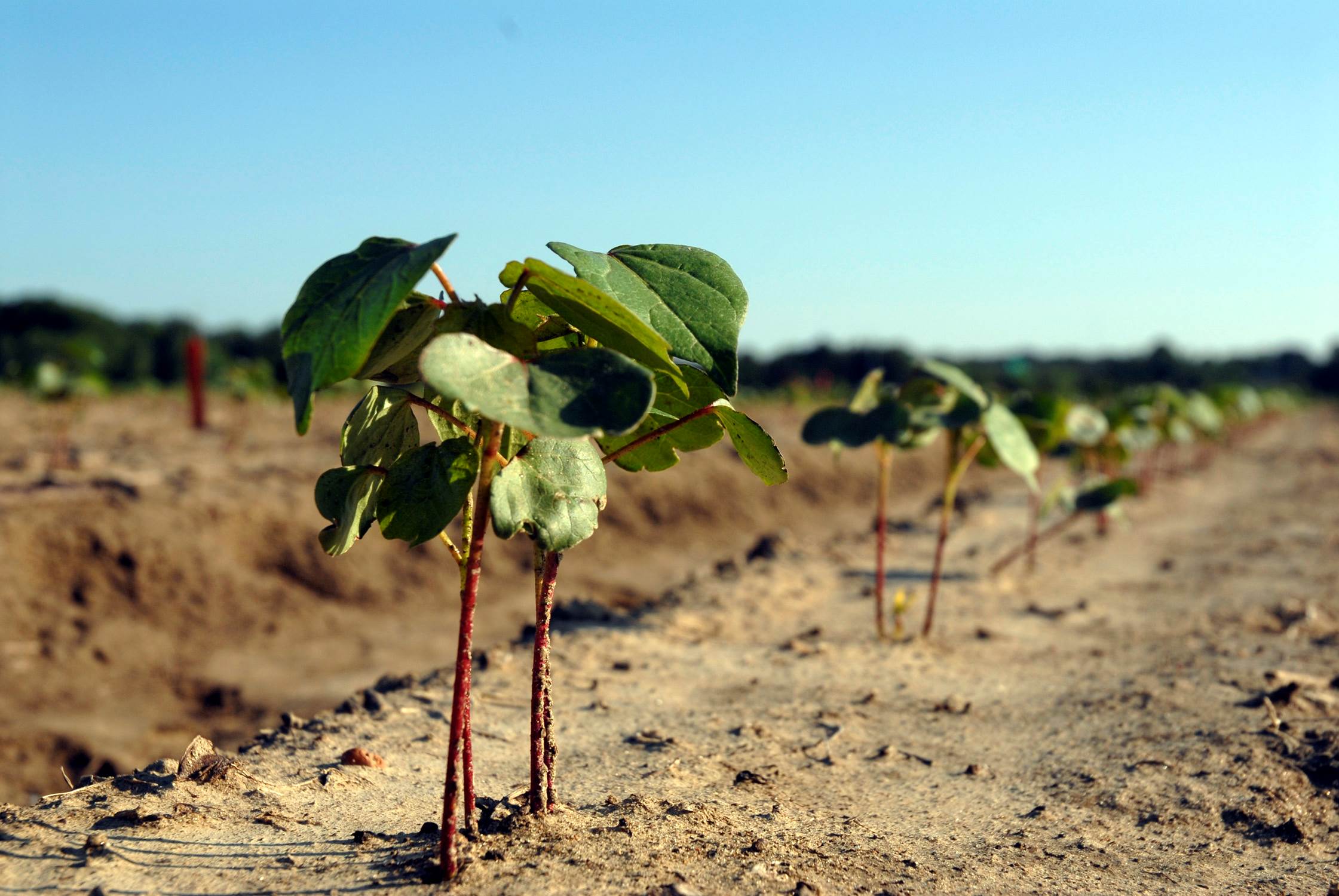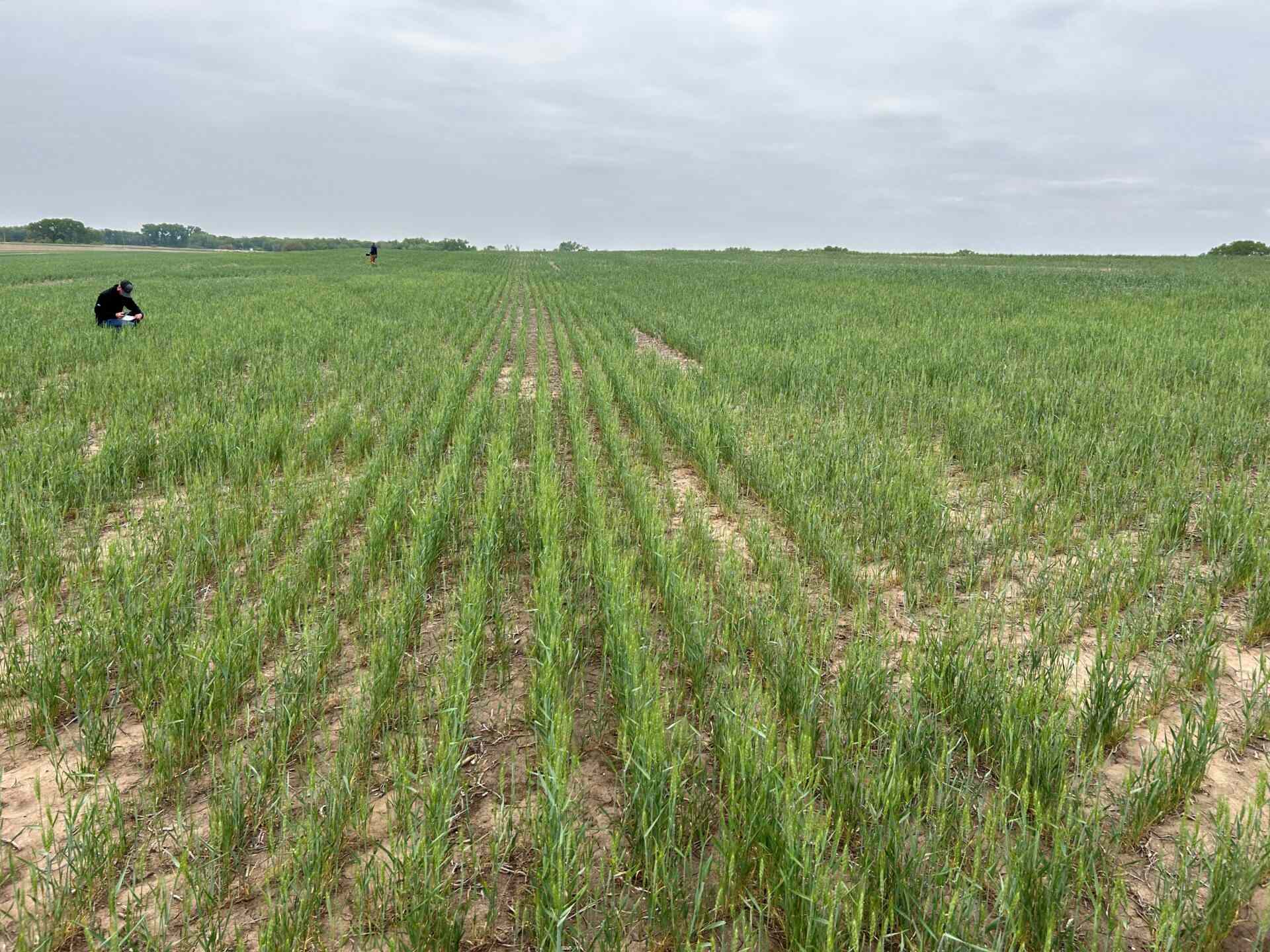Home>Gardening Basics>Understanding Soil>What Planting Zone Is Prescott, AZ


Understanding Soil
What Planting Zone Is Prescott, AZ
Modified: January 22, 2024
Find out which planting zone Prescott AZ falls under and get a better understanding of soil conditions. Discover the ideal soil composition for successful gardening in this region.
(Many of the links in this article redirect to a specific reviewed product. Your purchase of these products through affiliate links helps to generate commission for Chicagolandgardening.com, at no extra cost. Learn more)
Table of Contents
Introduction
Welcome to the vibrant city of Prescott, AZ, where gardening enthusiasts and nature lovers thrive. With its beautiful landscapes and mild climate, Prescott offers a haven for gardening enthusiasts to explore and create thriving gardens. Whether you are a seasoned gardener or a newcomer to the world of plants, understanding the planting zones in Prescott is essential for successful gardening.
Planting zones play a vital role in determining what plants will thrive in a specific geographical area. These zones are determined based on various factors such as temperature ranges, climate conditions, and frost dates. By understanding the planting zones, gardeners can make informed decisions about which plants to grow, ensuring optimal growth and health.
In this article, we will delve deeper into the concept of planting zones and explore the specific characteristics of the planting zone in Prescott, AZ. We will also discuss the factors that affect planting zones and provide some recommendations for plants that thrive in this region.
So, whether you are a resident of Prescott or planning to start a garden in this beautiful city, let’s dive in and discover the secrets of successful gardening in the unique planting zone of Prescott, AZ!
Understanding Planting Zones
Planting zones, also known as hardiness zones, are geographical regions determined by the United States Department of Agriculture (USDA) to provide guidance on which plants are most likely to thrive in specific areas. These zones are based on the average annual minimum temperature experienced in a particular region.
The USDA has divided the United States into 11 major planting zones (zones 1 to 11), with each zone representing a 10-degree Fahrenheit difference in the average annual minimum temperature. These zones help gardeners identify which plants are suitable for their specific climate, ensuring better chances of successful growth and survival.
Understanding your planting zone is crucial because it provides valuable information about the types of plants that can withstand the temperatures and climatic conditions in your area. It helps you identify which plants are more likely to thrive and produce abundant blooms or delicious harvests.
When selecting plants for your garden, it’s essential to choose varieties that are well-suited to your planting zone. Planting plants that are not adapted to your climate can result in stunted growth, vulnerability to pests and diseases, and even plant death.
Besides temperature ranges, planting zones also consider other climatic factors such as rainfall, humidity, and wind patterns. These additional factors further determine which plants can thrive in a particular region.
To find out your specific planting zone, you can refer to the USDA Plant Hardiness Zone Map. This map provides a visual representation of the various zones across the United States, making it easier for gardeners to identify their planting zone and make informed choices when selecting plants for their gardens.
Now that we have a basic understanding of planting zones, let’s explore the unique climate of Prescott, AZ, and discover the specific planting zone for this region.
The Climate of Prescott, AZ
Prescott, AZ, enjoys a mild highland desert climate, characterized by four distinct seasons. Located in Central Arizona, at an elevation of approximately 5,300 feet, Prescott experiences moderate temperatures throughout the year.
During the summer months, Prescott sees warm and dry weather, with average daytime temperatures ranging from the mid-80s to low 90s Fahrenheit. The evenings bring a pleasant coolness with temperatures dropping into the 50s and 60s. This combination of warm days and cool nights creates an ideal climate for many plants to thrive.
As autumn arrives, temperatures start to gradually cool, with highs in the 70s and 80s during the day and cooler evenings. Fall is a glorious time in Prescott as the foliage turns into vibrant shades of red, orange, and gold, creating a captivating scenery.
Winter in Prescott is mild compared to many other parts of the country. While temperatures can occasionally drop below freezing at night, daytime temperatures average in the 50s and 60s. Snowfall is not uncommon in the winter months, but it usually melts quickly, allowing gardeners to continue their gardening activities throughout the season.
Spring brings renewed life and beauty to Prescott, with temperatures gradually rising into the 60s and 70s during the day. The city experiences a colorful burst of blossoms as flowers bloom and gardens come alive once again.
The climate of Prescott makes it an ideal location for gardening. With relatively mild temperatures, a good amount of sunshine, and a diverse range of plants that thrive in this climate, gardeners have ample opportunities to create stunning landscapes and bountiful gardens.
Now that we have a better understanding of the climate in Prescott, let’s explore the specific planting zone for this region and its implications for gardening.
Planting Zone for Prescott, AZ
The specific planting zone for Prescott, AZ, is classified as zone 7a according to the USDA Plant Hardiness Zone Map. This means that the average annual minimum temperature in this region ranges from 0 to 5 degrees Fahrenheit.
Being in zone 7a, Prescott experiences colder winters compared to lower elevation areas in Arizona. However, the overall climate is still relatively mild, making it suitable for a wide variety of plants to thrive.
The planting zone for Prescott, AZ, provides valuable information about the types of plants that can tolerate the cold temperatures and climatic conditions in the area. It helps gardeners select plants that are well-adapted to the region and have a higher chance of success in their gardens.
With its unique zone 7a classification, Prescott offers a diverse range of plant options. Gardeners can grow both perennial and annual plants, taking advantage of the different seasons to create visually appealing landscapes and fruitful gardens.
It’s important to note that while the planting zone provides a general guideline, microclimates within the region can vary. Factors such as the proximity to bodies of water, elevation changes, and the presence of buildings or trees can influence the actual temperatures experienced in specific locations.
Gardeners in Prescott should also be mindful of the specific frost dates in the area. Late spring frost and early fall frost are common occurrences, and being aware of these dates can help protect delicate plants and ensure their survival.
Now that we understand the planting zone for Prescott, let’s explore the various factors that can impact planting zones and the selection of plants for this region.
Factors Affecting Planting Zones
While planting zones provide a helpful guide for selecting plants based on average annual minimum temperatures, there are several other factors that can impact the suitability of plants for a specific region. Understanding these factors can further refine your plant selection and help create a thriving garden in Prescott, AZ.
- Elevation: The elevation of a location plays a significant role in determining its microclimate. Higher elevations, like Prescott, tend to have cooler temperatures compared to lower elevations. This means that plants adapted to higher elevations may have a better chance of thriving in Prescott’s climate.
- Sun Exposure: The amount of sunlight a garden receives can greatly influence plant growth and development. Consider the sun exposure of your garden area – whether it receives full sun, partial shade, or full shade – and choose plants that are suited to those light conditions.
- Soil Type: The composition and fertility of the soil in your garden can impact plant health. Prescott’s soil is generally sandy and well-drained, which may require additional amendments and fertilization to support certain plant species. Conduct a soil test to determine the pH, nutrient levels, and organic matter content of your soil to make informed decisions about plant selection and proper soil amendments.
- Water Availability: The availability of water, both through natural rainfall and irrigation practices, is an important consideration for plant selection. Prescott has a semi-arid climate, so it’s crucial to choose plants that are drought-tolerant and can withstand periods of limited water availability.
- Climate Variations: Along with average temperatures, factors such as frost dates, temperature fluctuations, and extreme weather events (such as heatwaves or cold snaps) can impact plant growth. Stay informed about local weather patterns and consider using protective measures, such as frost cloth or shade covers, to safeguard plants during temperature extremes.
By considering these factors alongside the designated planting zone, you can create a garden that is well-suited to Prescott’s unique climate and conditions. It’s important to research and select plants that align with these factors to enhance the chances of success in your gardening endeavors.
Now that we have explored the factors affecting planting zones, let’s discover some recommended plants that thrive in Prescott, AZ.
Recommended Plants for Prescott, AZ
In Prescott, AZ’s planting zone 7a, there is a wide range of plant varieties that can thrive in the region’s mild climate and unique conditions. Here are some recommended plants that will add beauty to your garden and flourish in Prescott:
- Agave: These low-maintenance succulents are well-suited to Prescott’s arid climate. Agave plants are known for their striking rosette-like shape and come in a variety of sizes, colors, and textures.
- Lavender: With its aromatic scent and beautiful purple flowers, lavender is a delightful addition to any garden. It thrives in full sun and well-drained soil, making it an ideal choice for Prescott’s climate.
- Penstemon: Also known as beardtongue, penstemons are native perennials that add vibrant colors to the garden. These hardy plants are drought-tolerant and attract pollinators, making them a favorite among gardeners.
- Russian Sage: Russian sage is a stunning perennial with silvery-gray foliage and vibrant purple-blue flowers. It thrives in full sun and well-drained soil, making it a perfect choice for Prescott’s climate.
- Rosemary: This fragrant herb is not only a culinary delight but also a beautiful addition to the garden. Rosemary prefers a sunny location and well-drained soil and adds year-round greenery to your landscape.
- Apache Plume: Apache Plume is a native shrub that showcases delicate white flowers followed by fluffy pink seed heads. It is extremely drought-tolerant and can handle the challenging conditions of Prescott’s climate.
- Coneflower: Coneflowers are popular perennials that come in a variety of colors, including purple, pink, and white. These hardy plants attract butterflies and thrive in the well-drained soil of Prescott.
- Globe Mallow: With its vibrant orange flowers and soft gray foliage, globe mallow is a striking addition to any garden. This native perennial is drought-tolerant and attracts pollinators.
- Juniper: Juniper trees and shrubs are well-adapted to Prescott’s arid climate. They provide year-round greenery and create a sense of privacy and shelter in your landscaping.
These are just a few examples of the many plant options available for gardening in Prescott, AZ. When selecting plants, consider their water requirements, sun exposure preferences, and soil adaptability to ensure a successful and sustainable garden.
Remember to properly care for your plants by providing adequate water, mulching to conserve moisture, and keeping an eye out for any signs of pests or diseases. Regular maintenance and attention will help your garden thrive.
Now that you have an idea of the recommended plants for your garden in Prescott, AZ, it’s time to roll up your sleeves, get your hands dirty, and create a stunning and thriving garden!
Conclusion
Creating a successful garden in Prescott, AZ, requires an understanding of the area’s unique planting zone, climate, and the factors that influence plant selection. By considering these aspects, you can ensure that your garden thrives and flourishes year-round.
Prescott’s planting zone 7a, along with its mild highland desert climate, provides a diverse range of options for gardeners. From drought-tolerant succulents like agave to vibrant perennials like penstemons and coneflowers, there is something for every gardener’s taste and preferences.
While planting zones serve as a valuable guide, it’s important to consider other factors such as elevation, sun exposure, soil type, water availability, and climate variations. These factors can impact the success and growth of your plants, so researching and selecting varieties that align with these conditions is crucial.
With proper care, including regular watering, mulching, and monitoring for pests and diseases, your garden in Prescott can be a sanctuary of beauty and tranquility. Stay connected with local gardening communities, seek advice from experts, and continuously educate yourself to maximize the potential of your garden.
So, whether you are a seasoned gardener or just starting your gardening journey, embrace the opportunities that Prescott, AZ offers. Explore the recommended plants, experiment with different species, and let your garden reflect the unique beauty of this wonderful city.
Get your hands in the soil, enjoy the therapeutic benefits of gardening, and watch your garden thrive in the planting zone of Prescott, AZ!










